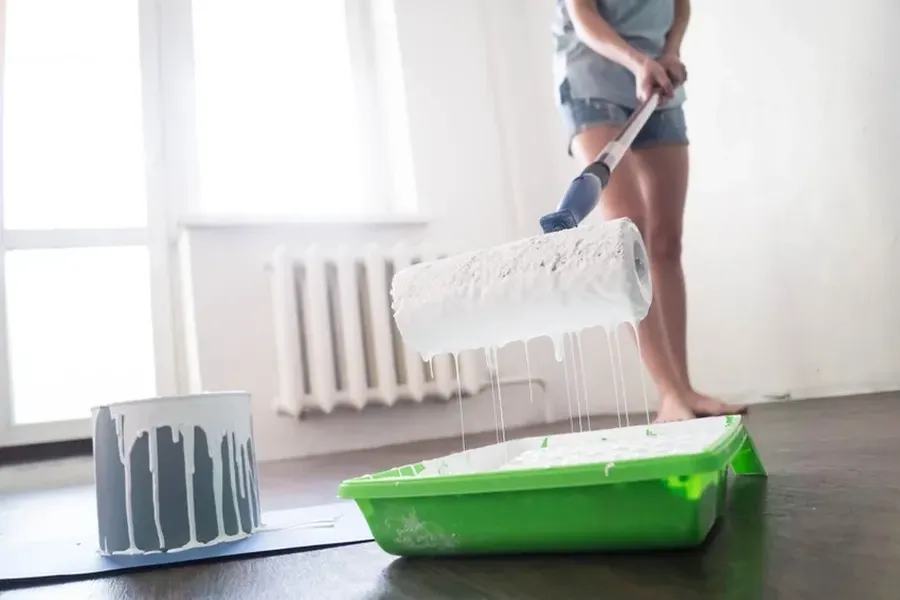The Impact of Paints on Air Quality in Your Home
Many people focus on the aesthetics of a paint job, but few consider its impact on indoor air quality. The choice of paint and technique plays a crucial role in determining the air you breathe at home. Volatile Organic Compounds (VOCs) are often found in traditional paints, releasing harmful gases as they dry. Opting for low or zero-VOC paints can significantly enhance air quality, promoting a healthier living environment for everyone.

The Benefits of Choosing Low-VOC Paints
Low-VOC paints reduce harmful emissions, making them a healthier option for your family. These paints release fewer toxins, leading to cleaner air inside your home. This not only benefits those with respiratory issues but also everyone who values a healthier lifestyle. You will find that some professional interior painting services offer eco-friendly options tailored to improve indoor air quality. By selecting these services, you contribute to a safer and more sustainable world.
Understanding Vocs and Their Effects
Volatile Organic Compounds, or VOCs, are chemicals that evaporate into the air from certain solids or liquids, including paints. When inhaled over time, they can lead to health problems such as headaches, dizziness, and respiratory issues. Some interior painting services specialize in reducing VOC exposure during their projects. They use advanced techniques and equipment to minimize the presence of these compounds, ensuring that your home remains safe and comfortable.

Steps to Enhance Indoor Air Quality With Painting Choices
Improving indoor air through painting requires strategic choices. Here are a few steps to guide you:
- Select low or zero-VOC paints for all rooms.
- Ensure proper ventilation during and after painting.
- Choose paints with natural ingredients to further reduce chemical exposure.
- Consider hiring professionals who use eco-friendly products and practices.
Common Missteps and How to Avoid Them
Some common errors can compromise the benefits of choosing the right paint. Using leftover high-VOC paint is one such mistake. Additionally, failing to ventilate the area adequately during a paint job can trap harmful substances inside your home. Ensure you follow best practices by consulting experts who understand how interior painting can improve indoor air quality effectively.
Tips From Industry Professionals
Experts recommend prioritizing not just the type of paint but also the method of application to ensure optimal results. Always use brushes and rollers designed for smooth application. If you’re uncertain about the process, consider seeking advice from professionals known for their commitment to improving indoor air conditions through smart painting solutions. They can provide insights on maintaining high standards throughout the project.
What to Expect in Terms of Costs
Investing in high-quality, low-VOC paints may initially seem pricier than standard options. However, when you factor in long-term health benefits, the investment becomes justified. Consider it an expense towards creating a safer home environment. Discuss pricing with your chosen service provider to understand what fits within your budget while still meeting safety standards.
Your Next Steps Towards Healthier Living Spaces
Enhancing indoor air quality begins with informed decisions about painting materials and methods. By opting for environmentally friendly alternatives, you make strides toward a healthier home. If you’re ready to take this step, contact Johnson Painting and Repair at (256) 712-7445 for personalized guidance. Our team in Huntsville, AL specializes in creating spaces that prioritize your well-being and environmental sustainability.